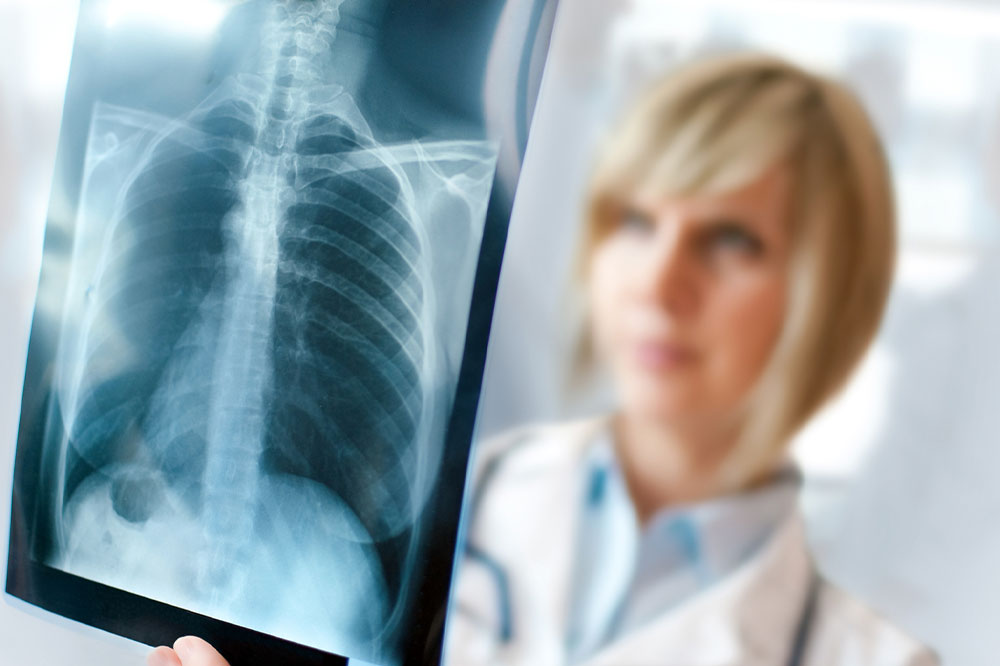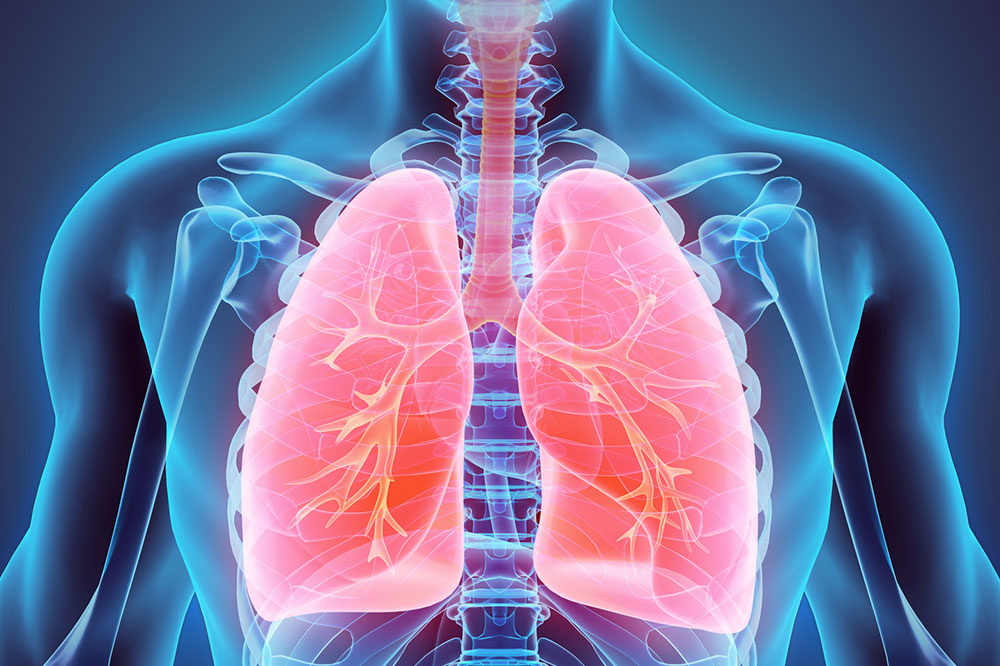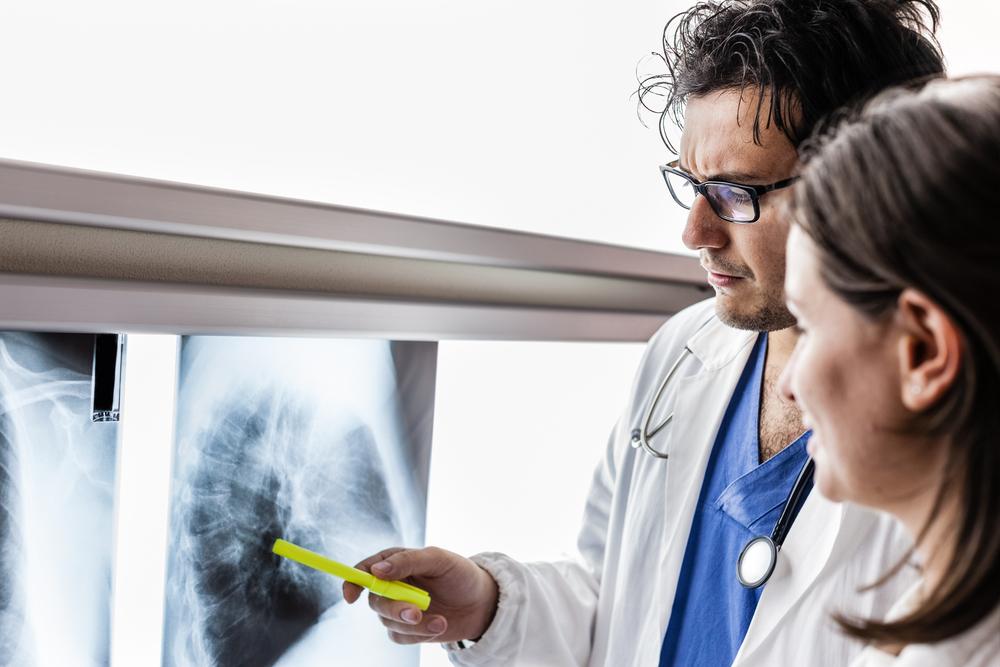Comprehensive Guide to Lung Cancer: Causes, Symptoms, Prevention, and Treatment Strategies
This comprehensive article explores lung cancer in detail, covering its causes, early symptoms, diagnostic techniques, and treatment options. It emphasizes the importance of early detection and understanding risk factors like smoking and environmental carcinogens. Discover how advancements in medical technology and targeted therapies are improving patient outcomes and survival rates. The guide also highlights the significance of psychological and social support post-treatment to help patients adapt and thrive after their diagnosis. Empower yourself with this vital knowledge to recognize signs early and seek professional care promptly.

Comprehensive Guide to Lung Cancer: Causes, Symptoms, Prevention, and Treatment Strategies
Lung cancer remains one of the most serious health challenges worldwide, representing a leading cause of cancer-related deaths among both men and women. Understanding lung cancer in depth—including its causes, early warning signs, diagnostic methods, and available treatment options—is crucial for early intervention and improving survival rates. This detailed guide aims to provide comprehensive information to help individuals recognize risks and seek timely medical care.
Lung cancer's high mortality rate highlights the importance of awareness, early detection, and advances in treatment. Since 1987, it has surpassed breast cancer as the leading cause of cancer deaths globally. Continuous research and technological advancements have paved the way for better diagnostic tools and more targeted therapies, offering hope to patients. This article delves into the fundamental aspects of lung cancer, from its origins and risk factors to its symptoms, diagnostic techniques, and treatment options, empowering readers to make informed decisions about their health.
What is lung cancer?
Lung cancer originates within the lung tissues, primarily in the cells lining the airways. If diagnosed early, it may be confined to the lungs, but untreated, it can invade nearby tissues and spread to other parts of the body through the bloodstream or lymphatic system.
It can also develop as a secondary cancer when malignant cells metastasize from other organs, making treatment more complex.
There are two main histological types of lung cancer: small cell lung cancer (SCLC) and non-small cell lung cancer (NSCLC). Each type varies significantly in growth rate, response to treatment, and prognosis, requiring different management approaches.
Non-small cell lung cancer makes up approximately 85% of all lung cancer cases, highlighting its prevalence and importance in research and treatment development.
Recognizing early signs of lung cancer
Detecting lung cancer at an early stage can significantly improve treatment outcomes. Often, early lung cancer doesn't show symptoms, but some signs can alert individuals or their healthcare providers to investigate further. Recognizing these symptoms promptly is vital for early diagnosis.
Persistent respiratory infections: Recurrent episodes of pneumonia, bronchitis, or other lung infections may indicate underlying malignancy.
Unexplained fatigue: Constant tiredness unrelieved by rest, often accompanied by weakness, can be an early indicator.
Unintentional weight loss: Significant and unexplained weight reduction over a short period warrants medical evaluation.
Chronic cough: A cough that persists for weeks or worsens over time, especially if it produces rust-colored sputum or blood, is common in lung cancer cases.
Breathing difficulties: Shortness of breath, wheezing, or noisy breathing can result from airway obstruction caused by tumor growth.
Key risk factors for lung cancer
Prolonged exposure to carcinogens such as asbestos, arsenic, diesel exhaust, chromium, or silica dust increases lung cancer risk significantly.
Smoking remains the primary cause, responsible for 80-90% of cases worldwide. The risk escalates with the duration and intensity of cigarette use.
Secondhand smoke exposure also has a substantial impact, with studies indicating that non-smokers inhaling secondhand smoke have a higher incidence of lung cancer.
Other factors include a family history of lung cancer, previous lung diseases, and genetic predispositions that may increase susceptibility.
Methods for diagnosing lung cancer
Early and accurate diagnosis is crucial for effective treatment. Lung cancer diagnosis involves a combination of imaging tests, laboratory examinations, and tissue sampling.
Imaging examinations: Chest X-rays are often the first step, followed by more detailed imaging techniques like computed tomography (CT) scans, magnetic resonance imaging (MRI), and positron emission tomography (PET) scans to locate tumors and assess their spread.
Sputum cytology: Examining mucus under a microscope can reveal malignant cells, especially in central lung tumors.
Biopsy procedures: Confirming a diagnosis typically involves tissue sampling via bronchoscopy, needle biopsy, or surgical biopsy to analyze the cellular characteristics and determine the cancer type.
Available treatment options for lung cancer
The management of lung cancer depends largely on the type, stage, and overall health of the patient. Early-stage cancers are often amenable to surgical removal, whereas advanced stages may require a combination of therapies.
Surgery: Removal of the tumor and surrounding tissue is often the first-line treatment for localized non-small cell lung cancer. Surgical options include lobectomy, pneumonectomy, or wedge resection.
Chemotherapy: The use of drugs to kill or inhibit cancer cell growth, commonly employed in small cell lung cancer and advanced stages of non-small cell lung cancer.
Radiation therapy: Targeted high-energy radiation to destroy cancer cells, often used alongside surgery or chemotherapy, especially when surgical options are limited.
Targeted therapies and immunotherapy: Newer treatment modalities that focus on specific genetic mutations within tumors or boost the immune system's ability to fight cancer. These are increasingly important in personalized treatment planning.
Life after treatment and ongoing support
Post-treatment care includes regular follow-up appointments, imaging scans, and assessment of pulmonary function. Psychological support and counseling are essential components of comprehensive care.
Support groups and patient education can help individuals cope with physical side effects and emotional challenges, fostering resilience and improving quality of life.
Maintaining a healthy lifestyle, avoiding smoking, and adhering to medical advice are vital for reducing recurrence risk and enhancing overall wellbeing.





